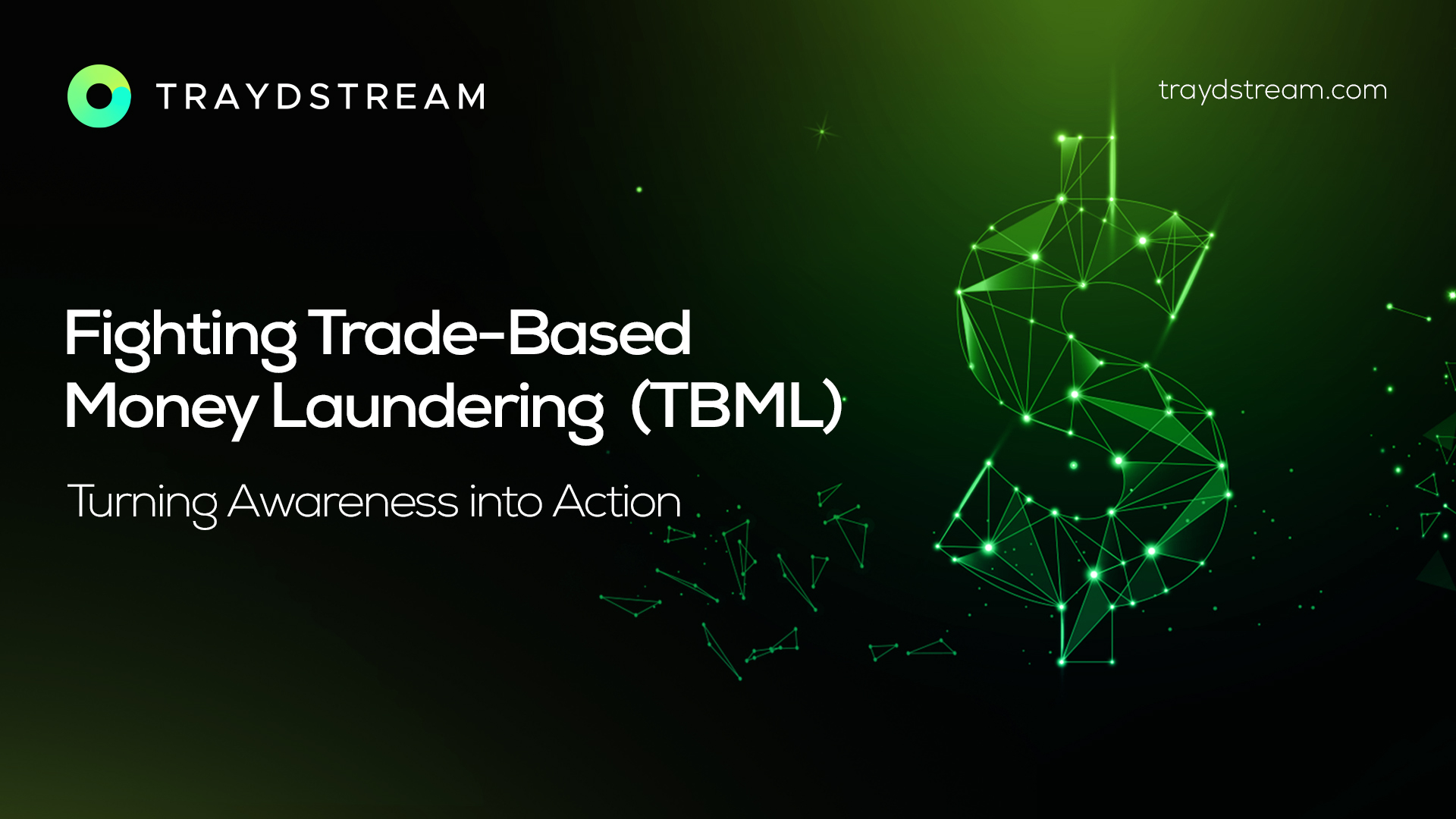
In our previous blog, we explored the growing threat of Trade-Based Money Laundering (TBML) and its impact on the integrity of global trade and financial systems. But awareness is only the first step. The real question now is: what can be done?
As regulators, financial institutions, and fintechs sharpen their focus on TBML, new tools and strategies are emerging to close the gaps that criminals exploit. The battle against TBML is far from over—but with the right approach, it’s one we can win.
The Scale of the Problem
According to the United Nations Office on Drugs and Crime (UNODC), global money laundering flows are estimated to amount to between 2–5% of global GDP, or up to $2 trillion annually. Trade-based money laundering is one of the most complex and least detected methods within this system.
A study by the Financial Action Task Force (FATF) noted that TBML is “one of the most sophisticated methods of money laundering”, precisely because it leverages the complexity of legitimate trade and documentation. Despite tightening regulations, the World Bank estimates that over 80% of global trade still relies on paper-based documents, making it an easy target for manipulation.
1. Evolving Regulatory Frameworks
Global bodies such as FATF and regional regulators are refining their guidance to push for greater transparency in trade transactions. Increased expectations around data sharing, digital recordkeeping, and end-to-end visibility are pushing banks and corporates to re-evaluate how they assess and monitor trade finance activities.
The message is clear: outdated manual processes are no longer enough.
2. The Rise of Intelligent Document Review
One of the most common TBML techniques involves manipulating trade documents to misstate goods, values, or counterparties. Traditional compliance reviews often lack the bandwidth or tools to catch these anomalies—especially at scale.
This is where automated document-checking solutions like Traydstream can make a critical difference.
By digitising and analysing trade documentation using AI, machine learning, and rule-based logic, suspicious patterns can be flagged early—whether it’s mismatched invoice details, over/under-invoicing, or questionable trade routes. This not only improves operational efficiency but significantly enhances a bank’s ability to detect red flags in real-time.
3. Harnessing Data to Build Better Risk Profiles
Effective TBML detection depends on understanding what “normal” looks like. Traydstream’s platform helps build this baseline through structured data extraction and analysis. Over time, this allows institutions to detect deviations from established trading patterns—such as unusual volume shifts, atypical counterparties, or inconsistent port routes.
Our TraydAnalytics solution also offers dashboard views and insights to help compliance teams prioritise risk and take action where it matters most.
4. Collaborating Across the Ecosystem
No single entity can tackle TBML alone. Collaborative initiatives—whether via industry associations, public-private partnerships, or data-sharing consortia—are vital. Traydstream is proud to partner with leading banks, industry bodies, and regulators to promote digitisation and transparency across the trade finance ecosystem.
From our joint work with ICC to promote the #SayNoToPaper campaign to co-developing smart compliance solutions with banking partners, our mission is to support a more secure and efficient trade environment for all.
What Traydstream Thinks
“Financial crime in trade is incredibly difficult to spot without digital support. By automating the document and compliance review process, we are giving banks and corporates a powerful new lens to see what was previously invisible. Technology can transform how we protect trade.”
— Arun Krishnamoorthy at Traydstream
Looking Ahead
As trade volumes continue to rise, so too will the opportunities for illicit activity—unless the industry evolves. The shift toward digital, data-driven trade is no longer optional; it’s essential for financial crime compliance.
At Traydstream, we believe technology is not just part of the solution—it’s the engine behind a safer, more trusted global trade network.
If you’re ready to strengthen your TBML defences, get in touch with us. Let’s build a better way to trade.

